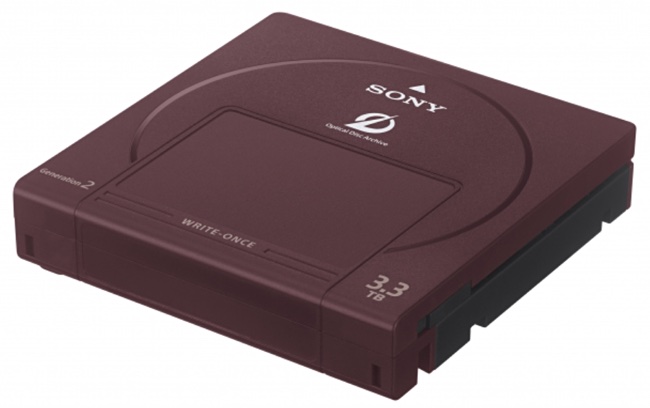

Among those most likely to prove durable for the next 50-100 years are: While it’s fine to archive documents in their original format, as you use in your backups, it’s also important to extract their contents into more durable formats. However, they depend on proprietary formats, media and peripherals, which are also significantly more expensive. If you have copious archives of importance beyond your family, then you should look at systems preferred by professionals, such as Sony’s Optical Disk Archive. I’ll be looking in detail at how you can do that in the next week or two. Instead, you need a removable medium, today probably Blu-ray disks intended for archival use, such as M-DISC. While your backups are most likely to be kept on hard disks or SSDs, neither of those is in the least suitable for archives. They’re what you and the law wants you to keep in perpetuity. For most people, they will also include a careful selection of still images, movies, and the more important documents you might write, such as books, theses and papers. They will include financial, business and employment records, as well as all finished work which you want to record for posterity.

This article explains the differences.īy archiving, I mean putting precious files somewhere where they can be retrieved in at least ten years time.

If in fifty years time someone were to go to today’s backups to retrieve one of those files, chances are they wouldn’t find the file, and even if they did, they’d be unable to access it. However, the aims and techniques of archiving and backup are very different. There’s a common assumption that keeping good backups of your important documents ensures that they’re also archived.


 0 kommentar(er)
0 kommentar(er)
